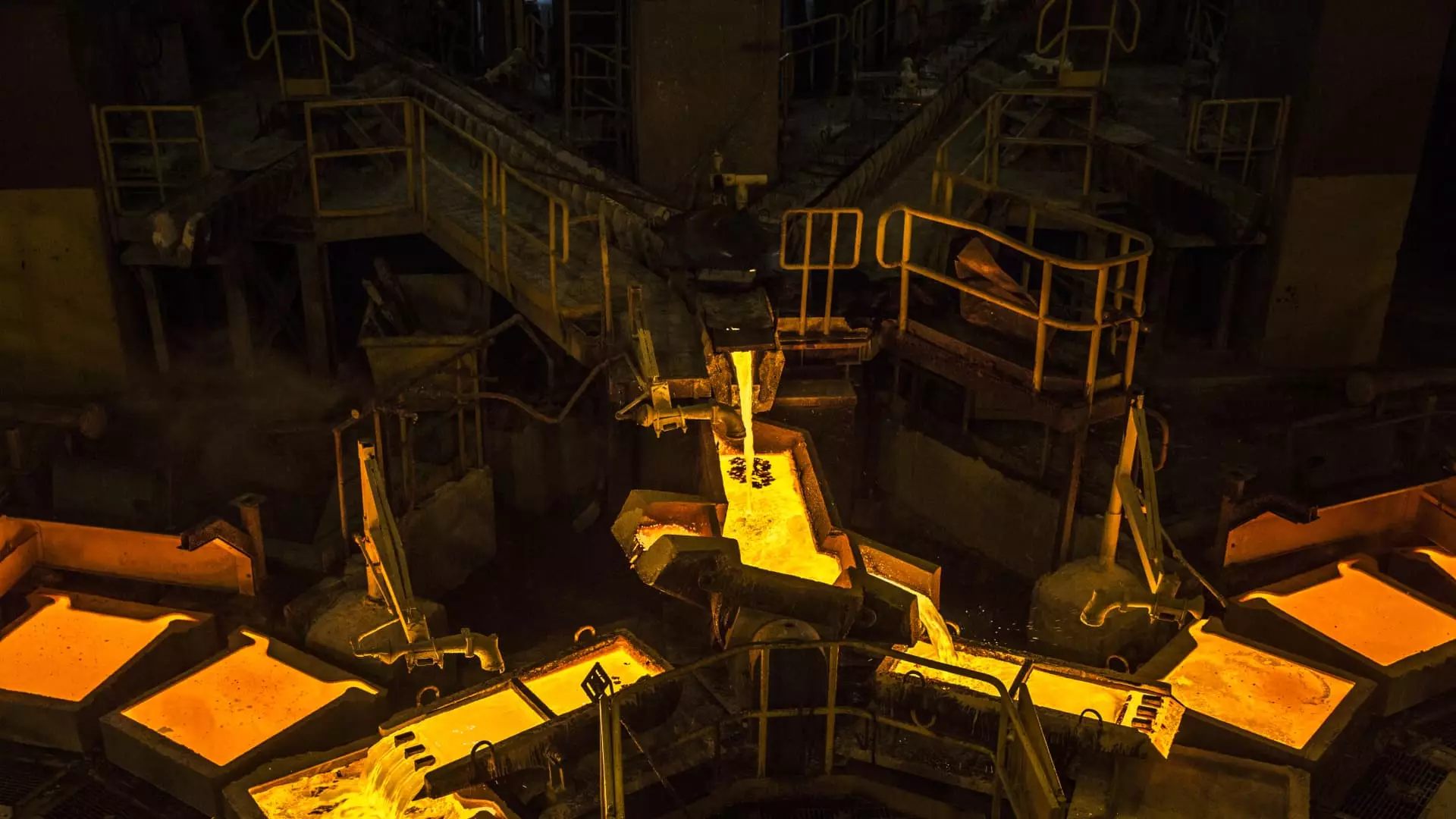The political landscape in Peru has been tumultuous for several years, characterized by unrest and calls for leadership change. Despite these challenges, a notable shift has occurred recently, reflecting a burgeoning interest from international investors in Peru’s sovereign bonds. With foreign investors currently holding 39% of these bonds—marking the highest ratio among emerging market nations—Peru showcases its allure as a viable option for capital infusion. This article delves into the factors fueling this investment enthusiasm and assesses the economic indicators that position Peru favorably in the global financial arena.
The resurgence of investor confidence in Peru’s sovereign bonds is noteworthy, especially in light of the country’s historically shaky political climate. Moody’s has recently assigned a Baa1 credit rating to Peruvian bonds, indicating a moderately stable outlook. This comes as a relief following a period of hesitation among investors due to allegations of corruption against President Dina Boluarte and calls for her impeachment. Despite the lack of significant political advancement, the current state of affairs has, ironically, created an environment conducive to better fixed income returns—a scenario that highlights an unusual paradox within Peru’s governance structure.
Investment experts like Pramol Dhawan from Pimco highlight Peru’s proactive stance in meeting the demands of international investors. The recognition of the need to provide competitive returns on domestic assets has established the central bank as a trustworthy figure in the financial landscape. The actions taken to align fiscal policies with the expectations of global investors speak volumes about Peru’s determination to stabilize and boost its economic credibility.
Robust Economic Fundamentals
A keen analysis of Peru’s economic fundamentals reveals several factors that contribute to its favorable investment climate. A particularly striking point is the country’s low debt-to-GDP ratio, registered at approximately 33%. In a region notorious for high debt burdens, this figure positions Peru as an outlier, especially when compared to regional peers like Brazil and Chile. Such fiscal prudence is critical in fostering trust among investors, as it suggests a government that is capable of managing its financial obligations effectively.
Furthermore, the stability of the Peruvian currency, the Sol, enhances investor confidence. The Central Reserve Bank of Peru has taken a significant step by lowering interest rates to 5.25%, a strategic move that not only stimulates local economic growth but also attracts foreign investments seeking higher yields. In fact, the country’s yield curve is notably steep—a stark contrast to the prevailing inversion witnessed in the U.S. and other parts of the world, suggesting a strong potential for capital appreciation in local bonds.
David Austerweil from VanEck also underscores the impressive yields offered by Peruvian bonds, particularly noting the attractive rates on both short-term and long-term local currency bonds. These factors, combined with a proactive central bank and a commitment to maintaining stable monetary policy, contribute to a compelling case for investment in Peru’s fixed income market.
While the fixed income landscape paints a promising picture, the Peruvian equity market presents a more nuanced and uncertain scenario. The MSCI Peru Index has indeed recorded impressive gains, outpacing many other indices; however, the long-term viability of such growth remains questioned without robust political structures and sound governance.
The reliance on cyclical factors, particularly around the mining sector—which constitutes a significant part of the Peruvian economy—creates vulnerabilities. Commodity prices, driven by global market trends, can be highly volatile and unpredictable. Although recent increases in copper, silver, and zinc prices have momentarily boosted stock performance, the sustainability of this growth hinges on much broader economic and political dynamics.
Expert opinions suggest that absent the advent of a new commodity supercycle, which is not anticipated as a base case, the long-term potential for sustained equity performance may remain bleak. The structural issues within the political system could hinder the ability to facilitate comprehensive economic reforms needed to support a thriving equity market.
Peru’s recent stabilization following years of political unrest presents unique opportunities for investors, especially in the realm of sovereign bonds. The financial metrics speak of a country aiming to attract international capital through sound monetary policies and impressive economic fundamentals. However, the challenges presented by political dysfunction, particularly in the equity markets, remind us that patient and informed investment strategies will be paramount moving forward. As the nation forges ahead, a delicate balance between fiscal responsibility and political stability will dictate its economic trajectory, making it an intriguing case study in resilient investing amidst uncertainty.

